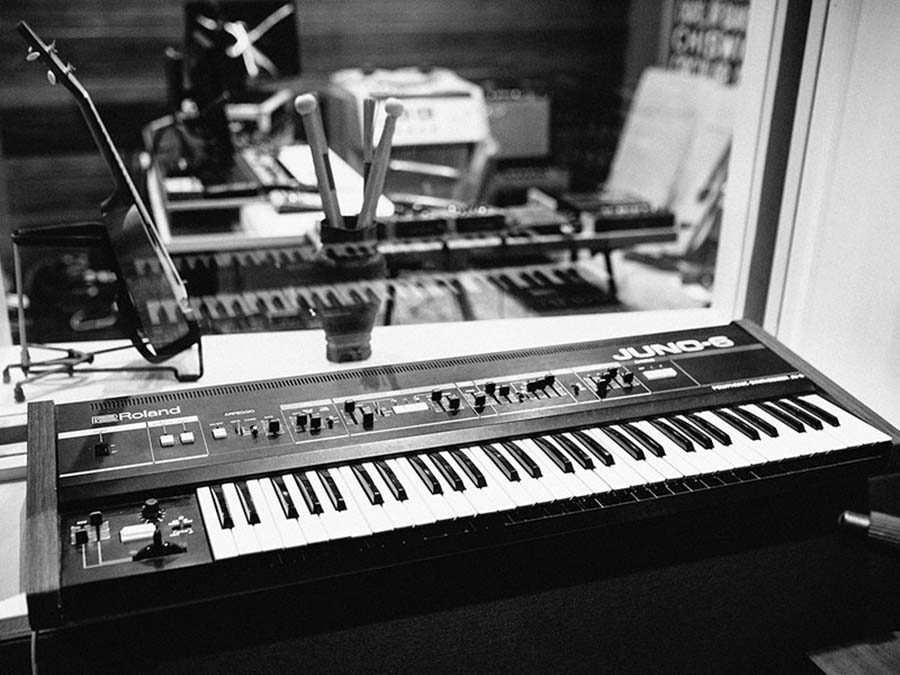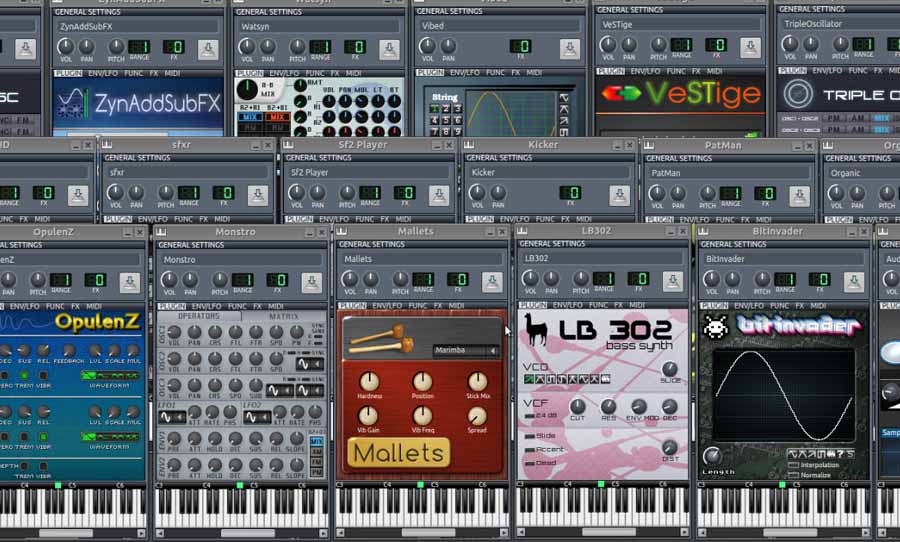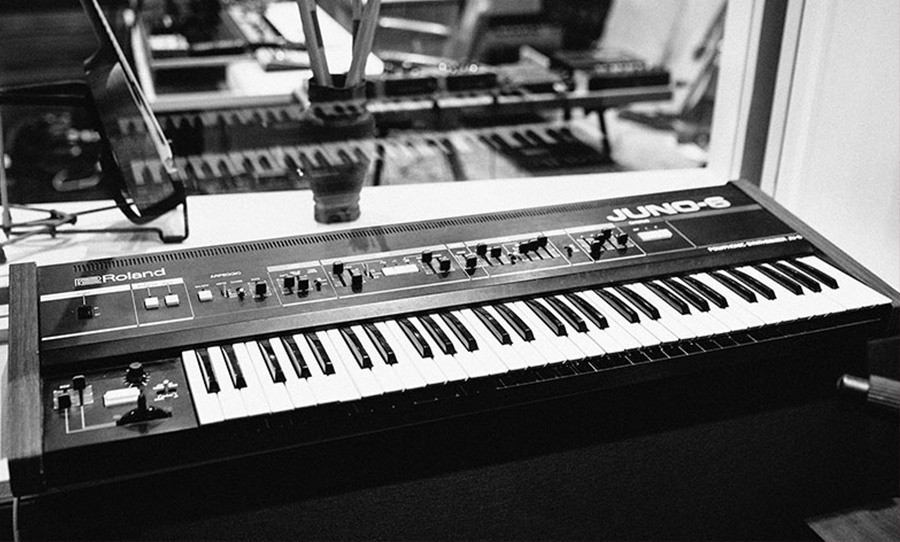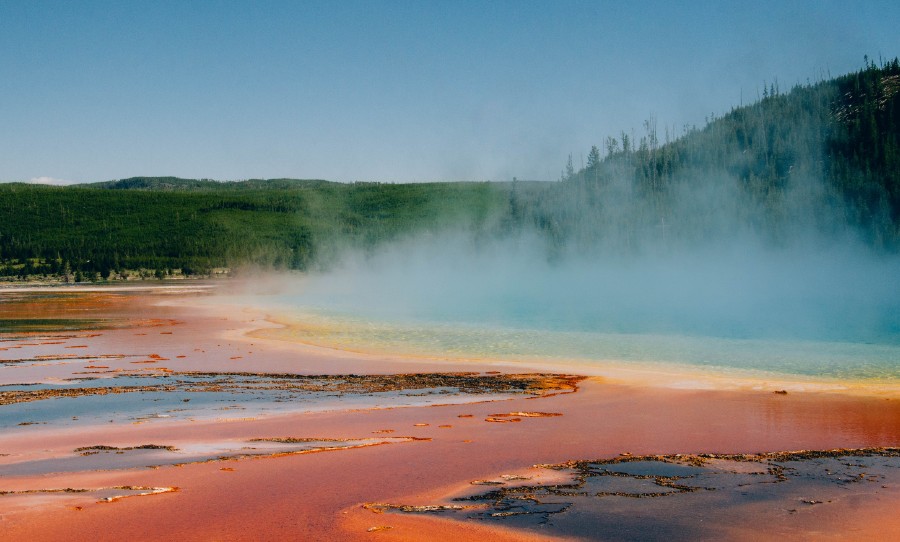Recording any live instrument takes time: finding a musician (if you can’t play the instrument yourself), setting up microphones, recording and post-recording editing requires a great deal of concentration and attention to detail.
This can be incredibly daunting to beginner engineers, hence why we tend to gravitate toward software instruments.
Here we take a brief look at the pros and cons of recording live instruments in the studio versus utilising software imitations.
Recording a Live Instrument
Recording a live instrument can be tedious and time consuming. Before contacting any musician you must ensure you have a fair idea of what you would like to record. Being organised is paramount, this includes having a score, demo (to give the musician an idea of what is required) and a space to record in. This already is a large workload and you haven’t even started recording yet.
Considering the cost of hiring a musician and space can often turn people away from recording, drawing up release forms and ensuring correct copyright procedures can also be complicated. However all formalities aside, the inimitable sound of a real instrument will always trump software, authenticity can be a huge factor in any musical recording. Organising a session and it’s result can be incredibly rewarding to any producer.
Software Instruments
The number one factor that draws people to software instruments is accessibility and convenience, producers are now able to create and play a plethora of instruments with the touch of a button.
Programming and sequencing your software instrument(s) will take a bit of time if you’re striving for a ‘real-sounding’ instrument, taking the time to edit velocities and the specific lengths of MIDI notes will improve this ten fold.
The average session musician will charge around $200 an hour however software instruments and sample libraries can vary in price, these can cost anywhere between $10 and upwards of $500.
Sampling an instrument works just as well as using a software instrument the only difference is sampled instruments are usually recorded live first. The only difficult aspect of this method is editing the audio to make it sound realistic.
A Bit of Both
When composing/producing your own music keep in mind you don’t have to stick with one of these options, a mixture of both can work just as well.
An excellent example of sampled piano is Jay Z & Alicia Keys’ Empire State of Mind, the song begins with a sampled piano taken from The Moment’s Love on a Two Way Street but also features live recorded piano chords.
On the other end of the spectrum, a lot of grime/hip hop artists use sampled choir voices, most of which are not intended to sound real.



